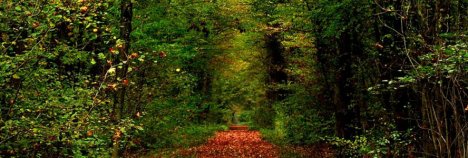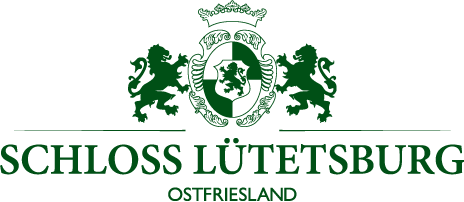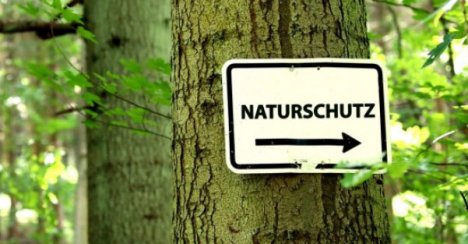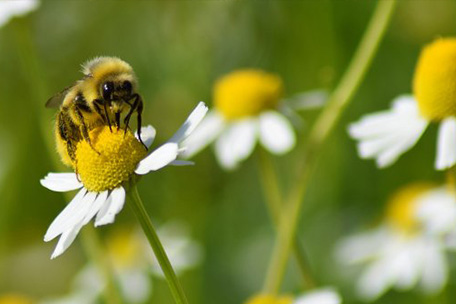Forestry operations also play a particularly important role in climate protection, because climate change poses a massive threat to our forests. The increasing extremes of weather such as heat, drought and storms pose a threat to the forest, as they weaken the trees and thus favour pest infestation, and also increase the risk of forest fires. Climate change thus threatens not only the forest habitat and the biodiversity living in it, but also the recreational, climate protection, soil protection and utility functions of the forests.
At present, Schloss Lütetsburg mainly maintains two forestry operations: the Lütetsburg forestry district with an area of approx. 750 ha and the Knyphauserwald forestry district, also with an area of 750 ha. In addition, we manage a further 300 ha of forest in several federal states.
In order to counteract climate change, we have been working for several decades to convert the forest stands to mixed forests of site-appropriate deciduous and coniferous trees. This step makes the areas less vulnerable to disturbances than so-called monocultures - if individual tree species fail due to pest infestation or drought, for example, other species can fill these gaps and the entire forest is not threatened.

The Lütetsburg forest district is divided into 7 forest types within a radius of 10 km and consists of moderately to well-supplied sites of glacial material such as loamy sands and flooded areas. The area is composed of 30 percent hardwoods such as oaks, beeches and other species, and 70 percent conifers such as larches, spruces and white or coastal firs. The focus is on the 2nd and 3rd age classes (age 21 to 60 years). The annual timber increment is about 6 cubic metres per hectar- this corresponds to 4,200 cubic metres of timber to be sustainably harvested annually.

The Knyphauserwald forest district is a compact forest site and consists of moderately to well-supplied sites of glacial material, in this case sands. It is composed of 15 percent hardwoods, including five percent each of oak, beech and red oak, and 85 percent conifers, such as larch, spruce, pine and white/coppice fir. The focus here is also on the 2nd and 3rd age classes (21 to 60 years). The annual timber growth in the Knyphauserwald is about 5 solid cubic metres per hectare - this corresponds to 3,500 solid cubic metres per year to be sustainably harvested.
Furthermore, we largely refrain from clear-cutting, with the exception of areas where the conversion of spruce stands takes place. The renunciation of clear-cutting as well as a so-called "target thickness use" lead to small-scale and vertically stepped structures, with which calamities are prevented and the growth space is permanently used.
In this way, we not only protect the forests, but also preserve and improve the habitat of animals - the Lütetsburg forests are home to roe deer, fallow deer, foxes, badgers, various heron species, diverse bat species and many more - including some species that are not often found in the otherwise rather barren landscape of the far north.
On our farm, we also maintain more than 50 ha of compensation areas. This means, for example, areas that are taken out of cultivation and left to themselves - in this way they compensate for construction measures that have been carried out. Other measures include afforestation areas where biotopes are created, including entire ponds and wet meadows.
Other interesting topics on climate protection and sustainability:
Here are some ways to get actively involved in our climate projects - we would be happy if we can inspire you to support us and become active yourself!
Schloss Lütetsburg with its historic outer bailey has been an attractive breeding site for the rare House Martin for many decades.
Schloss Lütetsburg maintains several so-called field copses. These are mostly small groups of woods under one hectare in size, which are intended to provide shelter for game and other animals.
Already areas of about 15 hectares (150,000 square metres) have been converted into bee meadows on a voluntary basis in order to create new habitats for this endangered species and other insects.












